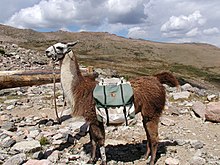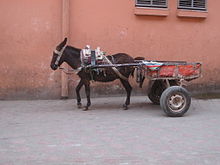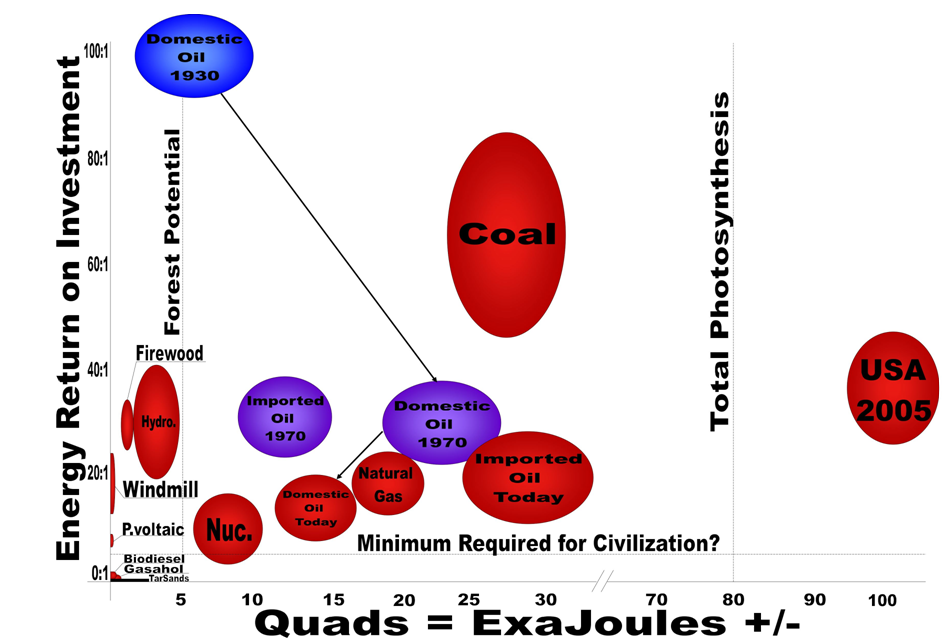The secession of the use of hydrocarbons for fuels could be sudden. The President could order it. He could order all American troops home. He could order them to convert anything nonessential like “factories making crap” to make solar panels of the water and electrical kind. He could order larger factories to convert to wind turbine manufacturing. He could order the closing of all coal mines and the opening of Yucca Mountain. He could prohibit the importation of liquid fuels beginning with oil and eventually including natural gas. As the coal runs out the coal plants would have to convert to natural gas. Or it could happen gradually as the planet warms and people die. Either way the bicycle is gona be a big part of it. People can go 10 miles on a bike easy.
http://www.bicycle-riding-for-boomers.com/
Boomers Are Discovering The Fun Path
To Fitness Through Bicycle Riding

Bicycle riding for boomers offers a boomers perspective on the sport of bicycling that is almost never seen in the cycling world. It is a compilation of lessons learned over more than 15 years, on three continents and several islands, years of research, and the unveiling of new boomer-friendly cycling products.
There is an exciting re-awakening in the world of bicycle riding driven by boomer aged riders looking for fun and fitness. Old line bike manufacturers are producing more products for mature riders and new manufacturers are appearing frequently.
When riding a bicycle you notice the sights and sounds that you, almost always, miss when driving or riding in a car and you get a whole new perspective on your environment. It gives you a chance to leave the rat race behind and lets you stop and smell the roses. Or, if you are a more active type, you can step it up and get all the action you want.
The days of bicycles being just toys for the young are long gone. Older folks are finding new bikes that are boomer friendly and new ways to enjoy them. New bike paths, clubs, and organized rides are becoming more available then ever and the numbers are growing every day. And, it can be as solitary or social as you want it to be.
Remember how much fun bike riding was as a kid? Guess what. It can be more fun now and you don’t have to be home by dinner time. It is an awesome way to attain fitness and how many fitness programs are really fun? Yet, if you are having fun you are much more likely to stay with it and reap the many health benefits that it gives you.
Just about any sport, or fitness program, has on-going expenses like greens fees, membership fees, etc. But, a very modest investment in cycling gear will last for years and your on-going expense is almost zero.
The good news is there is a bicycle, or tricycle, for anybody that wants to ride, at any skill level. So, if you want to ride there is one for you.
Some of the articles and products shown here will be amazing to people that have not ridden for years but they are here now for us to enjoy. Bicycle riding is more attractive than ever to boomers and seniors.
An estimated 80% of the average persons travel is, driver only, and within 10 miles of home. Imagine how much money bicycle riding can save you!
I promise I won’t get too hi-tech. Unless you intend to ride competitively it isn’t necessary. ( I’ll leave that for the Lance Armstrong wannabes) It’s just us folks and it’s all down to earth stuff so……..
JUST RELAX AND ENJOY THE RIDE.
Daily news update on ..
:}
More tomorrow.
:}






